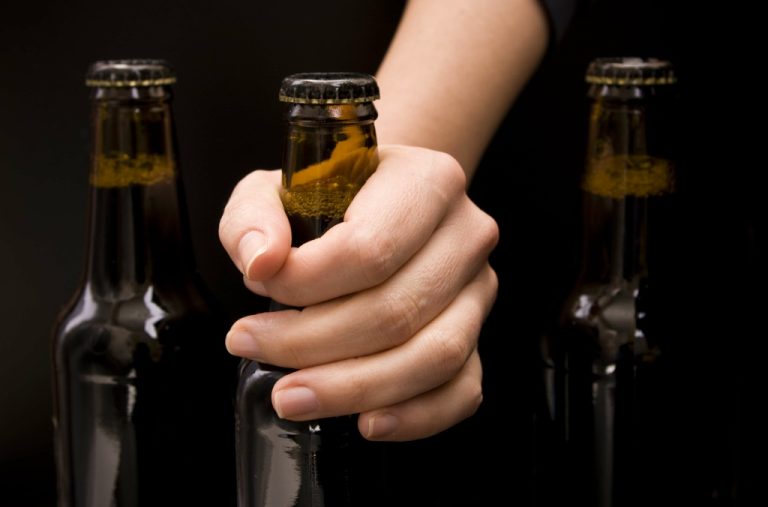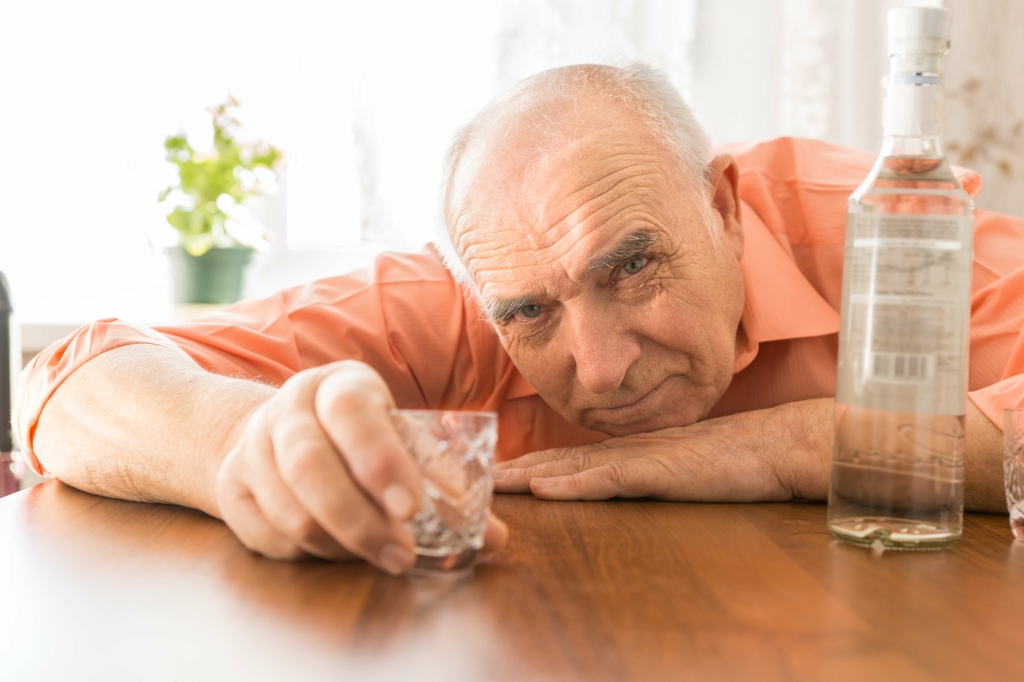This disease often occurs in middle adulthood, but young adults, teens, and now even children are now being diagnosed with it Alcohol Use Disorder linked to high obesity rates. In Type 2 diabetes, your fat, liver, and muscle cells do not respond to insulin appropriately. It’s when high blood sugar develops during pregnancy in a woman who had not had diabetes beforehand.

Weird feeling later in the day Ask A Question
If you have a number of these drinks, you can expect to see a rise in blood sugar followed by a steady drop a number of hours later, often whilst asleep. People who take insulin, in particular, therefore need to be wary of hypoglycemia. Alcohol intake significantly increases the risk of hypoglycemia (low blood sugar levels). If your diabetes is already well under control, a moderate amount of alcohol may be fine either before, during or soon after a meal. Check with your doctor to make sure alcohol doesn’t interfere with your medications or complicate any of your medical conditions. Drinking alcohol can lead to serious low blood glucose reactions, especially if you take insulin or types of diabetes pills that stimulate the release of insulin from the pancreas.
Connect with UF Health

Your body uses the food for energy since the liver is breaking down alcohol. A study published in 2020 used data from the Action to Control Cardiovascular Risk in Diabetes (ACCORD) trial. The researchers analyzed 10,200 eligible participants with type 2 diabetes. They found that one to seven drinks per week didn’t increase blood pressure. Statistically significant differences between men and women were identified (for model results, see Supplementary Table 8).
- Although alcohol does have an effect on blood sugar levels, with a few precautions and careful management, people with diabetes can also enjoy a drink.
- Actions such as excessive drinking or drinking on an empty stomach can lead to both hypoglycemia (low blood sugar) shortly after drinking and hyperglycemia (high blood sugar) later on.
- There was no significant risk relationship for women with a healthy weight; however, we identified a J-shaped relationship present in women with BMI ≥25 kg/m2 (Fig. 3).
Health Products
At 7 calories per gram, alcohol is nearly as calorie-dense diabetes and alcohol as fat (9 calories per gram). Alcohol use can also lead to elevated blood fats, or triglycerides, which raises your heart disease risk. Normally, the liver releases glucose to maintain blood sugar levels. But when you drink alcohol, the liver is busy breaking the alcohol down, so it does a poor job of releasing glucose into the bloodstream. This can lead to a drop in blood sugar levels if you are drinking alcohol on an empty stomach.
- By Barbie Cervoni, RDCervoni is a New York-based registered dietitian and certified diabetes care and education specialist.
- Beverages such as beer and wine can have an alcohol content of 2–20%.
- This is important because most diabetes medicines, including insulin, also lower blood sugar levels.
- Drinking just gets more complicated when you consider the immediate impact that “carby” beverages have on your blood sugar levels.
The more alcohol consumed, the bigger the risk for serious low blood sugar. Ultimately, weight gain can lead to insulin resistance and higher blood sugars, especially if you have type 2 diabetes. Giving glucagon nasally or by injection may not work to raise your blood sugar if you have been drinking alcohol (especially if you have been drinking excessively).
How Alcohol Affects Blood Sugar
In contrast, Li et al. (6) found a lower risk of T2DM with low and moderate alcohol use in both sexes. Compared with these two most recently published meta-analyses, our systematic review was able to identify 20 additional studies not included by Knott et al. (7) and 34 additional studies not included by Li et al. (6). Therefore, our study is the most comprehensive, high-quality review on the relationship between alcohol use and T2DM currently available. We conducted a comprehensive assessment of the included studies to ensure conceptual homogeneity. All studies were cohort studies, and our outcome of interest was consistently defined and measured across them.

Eating food when you drink can help stop this from happening. On the other hand, if you have lots of food and then drink too much, your blood sugar can get too high. One ounce of liquor, depending on the proof, has about the same amount of alcohol as 5 ounces of wine. While liquor is often carb-free, mixers like soda and juice can send blood sugar levels through the roof.

